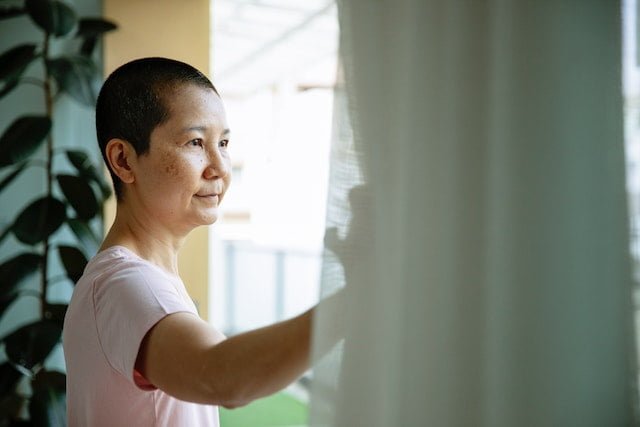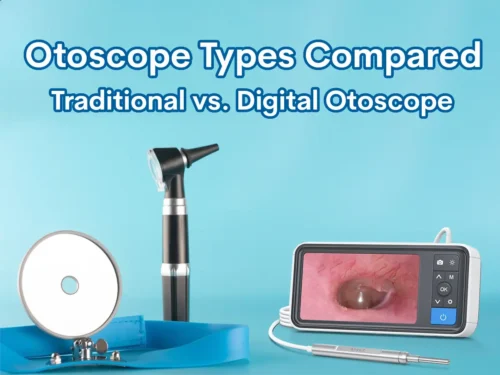Due to the drastic evolution of food choices around the world, good healthy food items have been replaced with junk food full of fats and carbohydrates. Frequent consumption of this kind of body fuel, added to a sedentary lifestyle, is the perfect recipe for the initiation of a digestive tract issue. According to a survey published by National Institute for Health (NIH) which engaged nearly 72,000 people living in the United States, 61% reported gut-related problems. To deal with these issues, several medical procedures need to be conducted. One such important medical procedure related to the digestive tract is ostomy. Let us understand what an ostomy is and how one can manage to live a comfortable life after it.
What is an ostomy surgery?
Some patients, due to some existing health-related issues, cannot pass the stool naturally. In such cases, an ostomy surgery is performed in which a surgical opening called a stoma is generated. Through this stoma, a pouch called an ostomy bag is attached to the abdomen which collects the feces as well as urine in it.
Basically, ostomy surgery creates a temporary or permanent diversion for bodily waste. When an ostomy bag is filled, it is simply replaced by another one until the patient recovers or, in some cases, one needs an ostomy bag for the rest of their lives.

Increased patient mobility after ostomy
Who needs an ostomy?
Ostomy surgery becomes unavoidable for people suffering from any of the following conditions or health issues:
- Inflammatory bowel disease
- Diverticulitis
- Crohn’s disease
- Ulcerative colitis
- Incontinence issues
- Abdominal or pelvic trauma or injury
- Cancer particularly that of the gut
- Subjects born with birth defects
Living with an ostomy
Being a life-saving surgery, undergoing an ostomy is indeed a better option than constantly suffering from pain as well as an ever-approaching mortality. But some people are reluctant to go through the process due to the discomfort of always caring an ostomy bag.
However, an ostomy surgery gives one the freedom of mobility which is not compromised by never-ending issues of the digestive tract. Thus, no matter how difficult the transition might seem, it is possible to adjust one’s life while carrying an ostomy bag which starts feeling normal after the initial adjustment period.
Convatec ostomy barrier Sur-Fit Natura is one of the best brands of ostomy bags in the market which provide excellent fit and cause zero discomfort.
Changing an ostomy bag at home
There is no need to visit an STN every time you need to change an ostomy bag. By following the given steps, it can be done easily at home:
- An ostomy bag needs to be changed at least every week i.e. after every 7 days. To remove the previous bag, water or adhesive remover should be employed while gently pulling the pouch until it separates from the skin.
- Once the bag is removed, it is recommended to clean the skin with water and let it completely dry before attaching a new ostomy pouch.
- To fit a new pouch into the stoma, the skin barrier is pressed against the patient’s body in order to make a wet pattern. It should be made sure that the side facing the skin is the one with the writings on it. Furthermore, an opening is cut near the wet pattern using scissors in which the ostomy bag is to be fitted.
- While attaching the new ostomy bag, the paper backing of the skin barrier needs to be peeled off followed by the application of ostomy paste on the area. Make sure the paste is applied in a ring form that is thick enough. As soon as the paste sets, the skin barrier and pouch are attached to it. The bag is then clamped and locked in its place to make it secure.
Taking care of an ostomy bag
Following an ostomy, the patient needs some time to fully understand how to work with it. The following guidelines are helpful while dealing with an ostomy patient residing at home:
- An ostomy bag, once it is half-filled, must be emptied out to avoid the risk of bulges and leakages.
- The patients are advised to keep the ostomy supplies with them at all times to deal with emergencies.
- In case of redness or itching on the skin under the pouch, there is a need for proper cleaning of the area before attaching another bag. This can be done at home or an STN can be visited.
Problems associated with an ostomy bag
Although an ostomy bag is easy to carry, discard, and replace, it may come with some demerits as well. These include the following:
- Inflammation and pain: The surgically created opening called a stoma may become inflamed right after surgery or due to the ostomy bags multiple times. This results in pain and discomfort for the patient. However, with time, this swelling is reduced as the stoma is itself shrunk to a smaller size.
- Bleeding: Bleeding can start from a stoma upon rubbing. This usually happens while taking a bath or changing an ostomy bag. Normally, the bleeding stops after a few minutes but if it continues, it is advised to immediately contact your stomal therapy nurse (STN).
Conclusion
Gut issues are one of the major health-related problems faced by people at this time. Minor issues such as indigestion, flatulence, and gastrointestinal discomfort, among others, can be the symptoms of an underlying serious disease condition.
Therefore, where, on one hand, gut health needs special focus to minimize these constantly increasing health problems, there is also a need to conduct several procedures on the patients whose health state is considerably poor.
One of these procedures is ostomy which renders the excretion of solid waste out of the body very easy and pain-free. Living with an ostomy bag might at first seem difficult but when done with proper care, life becomes much more comfortable.

PhD Scholar (Pharmaceutics), MPhil (Pharmaceutics), Pharm D, B. Sc.
Uzma Zafar is a dedicated and highly motivated pharmaceutical professional currently pursuing her PhD in Pharmaceutics at the Punjab University College of Pharmacy, University of the Punjab. With a comprehensive academic and research background, Uzma has consistently excelled in her studies, securing first division throughout her educational journey.
Uzma’s passion for the pharmaceutical field is evident from her active engagement during her Doctor of Pharmacy (Pharm.D) program, where she not only mastered industrial techniques and clinical case studies but also delved into marketing strategies and management skills.

















